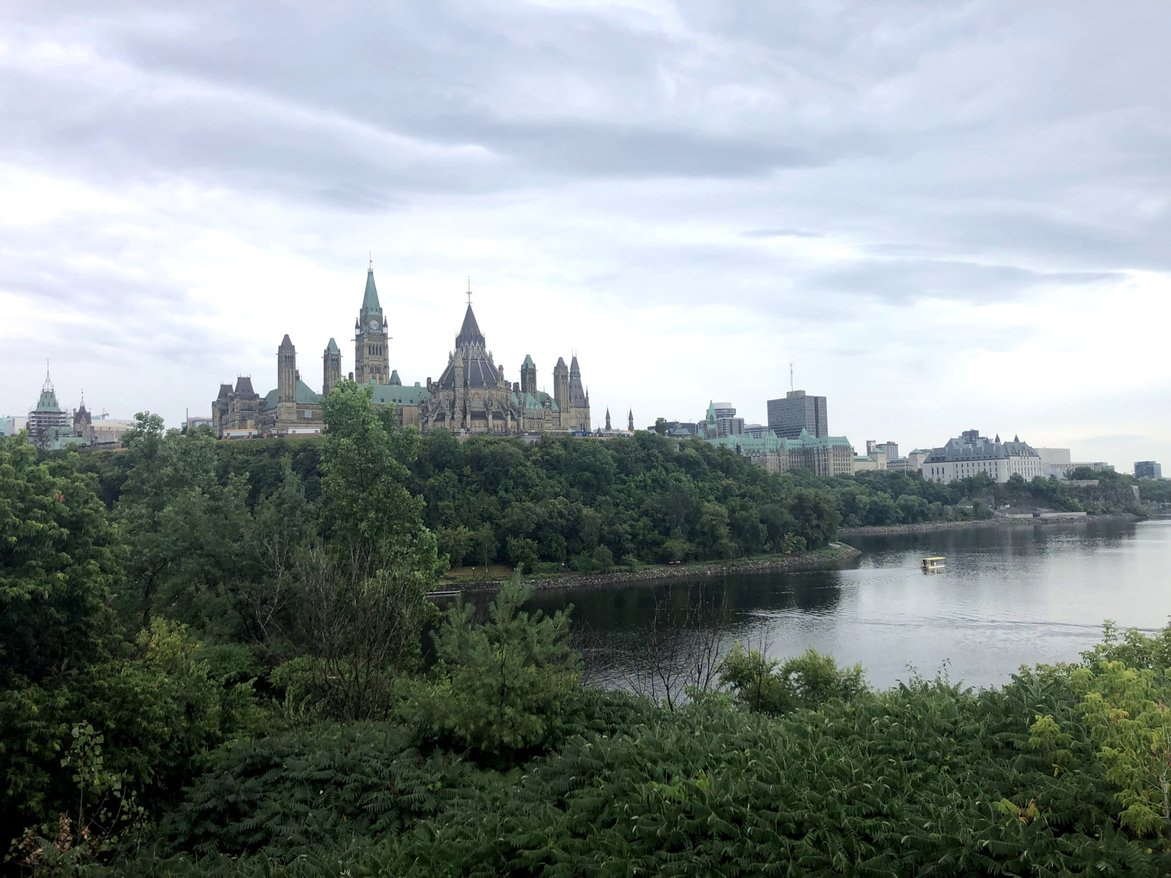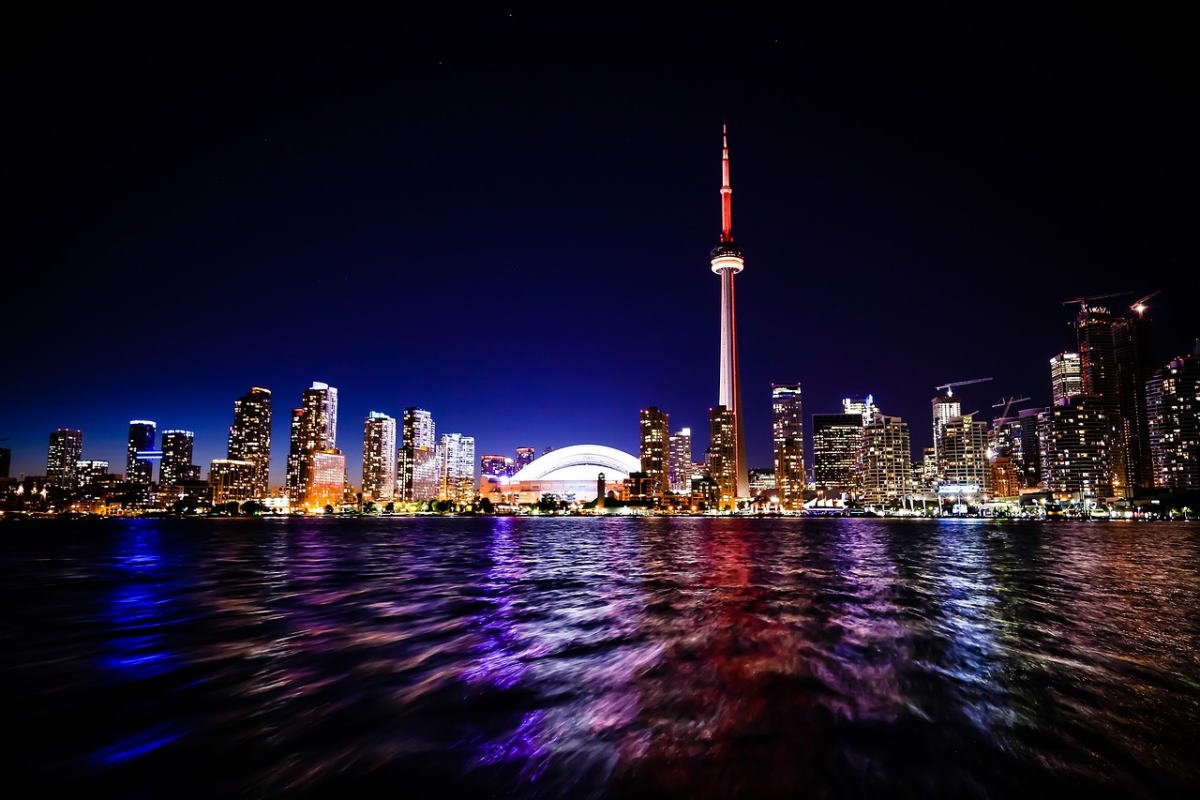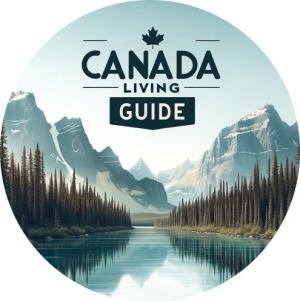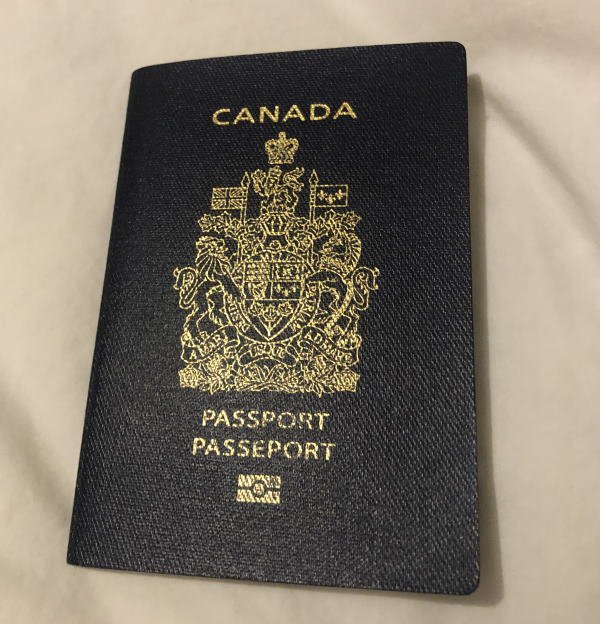The Worst Time to Visit Canada: Navigating Climate and Locations to Avoid
The worst time to visit Canada, known for its natural beauty and as a popular destination for travelers worldwide, can depend greatly on the region and season.
Winters in Canada can be brutally cold, particularly in the northern territories, where activities and travel are often hindered by extreme temperatures and limited daylight.
Spring brings its own challenges with melting snow causing floods and increased insect activity in rural areas.
Canadian summers, while popular for their festivals and warm weather, often lead to overcrowded tourist destinations and high humidity in certain cities.
Autumn, known for its beautiful foliage, is also unpredictable, with sudden cold snaps and the onset of the Atlantic hurricane season in eastern coastal areas.

Understanding these seasonal difficulties is essential for travelers planning a visit to Canada, as each season presents unique challenges.
This article explores those less ideal periods, taking into account climate considerations and places that might be best avoided at certain times.
The Worst Time to Visit Canada: Harsh Winter Months
In winter, which is often considered the worst time to visit Canada due to harsh conditions, the period from December to February can be particularly severe in many parts of the country. Regions like Nunavut, Yukon, and the Northwest Territories face extreme cold, with temperatures frequently dropping below -30°C (-22°F).
This intense cold, combined with limited daylight hours, can make outdoor activities challenging and sometimes dangerous, especially for those unaccustomed to such conditions. Additionally, heavy snowfall and blizzards can lead to travel disruptions across the country, particularly in provinces like Alberta and Saskatchewan.
Here’s what you can anticipate during the winter season in various Canadian regions:
The Prairie Provinces (Saskatchewan, Manitoba): Known for their severe winter conditions, these provinces experience extremely cold temperatures and biting winds that can be challenging for outdoor activities. The intense cold can also diminish wildlife viewing opportunities and may restrict the full enjoyment of the stunning prairie landscapes.
Coastal British Columbia: Contrary to the popular snowy image of Canadian winters, Coastal British Columbia, including Vancouver, often has rainy and overcast weather. This frequent rain can hinder outdoor pursuits such as hiking and exploring the wilderness.
Northern Canada: The extreme northern regions of Canada face incredibly cold temperatures, long periods of darkness, and demanding travel conditions in winter. The limited daylight hours significantly reduce the time available for sightseeing and exploring the natural beauty, potentially making it less appealing for those seeking a more typical winter experience.
Atlantic Canada: This region is often hit by heavy snowfalls and intense winter storms, leading to potential travel disruptions. These conditions can affect both air and road travel, which might necessitate changes in travel plans. While the snow-laden landscapes can be beautiful, the frequency and intensity of winter storms should be a consideration.
Remote Mountain Areas: Areas in the Canadian Rockies and other remote mountainous regions can be challenging to access during winter due to heavy snowfall and the risk of avalanches. Limited accessibility can also mean reduced availability of services like guided tours and accommodations. Visitors to these areas in winter should be prepared for these challenges and plan accordingly.
During the winter months, Canada experiences a wide range of average temperatures, with milder conditions around 1°C to 7°C (34°F to 45°F) in coastal areas like Vancouver, and extreme lows of -20°C to -30°C (-4°F to -22°F) or even colder in northern regions such as Nunavut and the Northwest Territories.
Spring Thaw and Flooding
Spring in Canada, while beautiful with its blooming landscapes, can also be a tricky time to visit certain regions. In rural areas, particularly in provinces such as Quebec and Manitoba, the melting snow can lead to flooding, making some roads impassable and hiking trails muddy and slippery.
Furthermore, this season often sees a surge in blackfly and mosquito populations, particularly in wooded areas, which can detract from the enjoyment of outdoor activities.
Here’s a glimpse of what you might experience in various regions during the spring season in Canada:
The Far North (Yukon, Northwest Territories, Nunavut): The spring thaw in these northern territories often results in unpredictable weather and limited accessibility. The melting snow can make travel difficult, and the shifting conditions may hinder the enjoyment of outdoor activities and exploration.
The Canadian Prairies (Saskatchewan and Manitoba): These regions can be particularly challenging during the spring. The thawing of the winter snow often leads to muddy conditions and unpredictable weather patterns. Additionally, the flora and fauna in the early spring may not be as vibrant or active, which might be disappointing for visitors keen on nature and wildlife.
Ski Resorts in Alberta and British Columbia: As the winter season winds down, ski resorts may experience variable snow conditions, impacting the quality of skiing and snowboarding. The melting snow also affects other activities, such as hiking, as trails can become muddy and less enjoyable to navigate.
Central Canada’s Major Cities (Toronto, Montreal): Springtime in these urban centers often comes with its fair share of rain, which can dampen the experience of exploring the cities’ outdoor attractions. This weather can also impact the numerous outdoor events and festivals typically held during this season, potentially leading to cancellations or less enjoyable experiences.
Coastal Newfoundland and Labrador: The cold and ice tend to linger in these coastal areas well into spring. This extended winter weather can delay the opening of fishing villages and tourist attractions, limiting options for visitors. Those looking for the full maritime experience may find this time of year restrictive.
In spring, temperatures in Canada gradually rise, with coastal regions like British Columbia experiencing mild conditions around 8°C to 12°C (46°F to 54°F), while interior and northern areas may still see cooler temperatures ranging from 0°C to 5°C (32°F to 41°F).
The Worst Places to Visit in Canada During Summer
While summer is often the best time to visit Canada for many, there are a few places that might present certain challenges during this season:
The Far North (Yukon, Northwest Territories, Nunavut): Summer in the Far North can be a bit daunting due to its extreme remoteness and the associated high travel costs. Additionally, this region experiences a significant mosquito presence during the warmer months, which can detract from the outdoor experience. While the midnight sun is a unique phenomenon here, travelers should weigh these factors before planning a trip.
Toronto, Ontario: Toronto, one of Canada’s most vibrant cities, can become uncomfortably hot and humid in the summer. This season also coincides with the city’s peak tourist period, leading to crowded attractions and higher accommodation prices. Those sensitive to heat and looking to avoid the hustle of peak tourist season might consider alternative destinations or visiting during cooler months.
Interior of British Columbia: The interior regions, like Kelowna and the Okanagan Valley, are known for their stunning landscapes but often face hot summers and a surge in tourists, especially in wine country. This can be less appealing for those seeking a cooler, quieter experience.
Additionally, summer brings wildfire risks in both British Columbia and Alberta, affecting air quality and accessibility. For a more comfortable visit, consider the coastal areas or traveling during shoulder seasons, and stay informed about wildfire conditions and advisories.
Summer in Canada brings warmer weather, with average temperatures ranging from 20°C to 30°C (68°F to 86°F) in most urban and southern areas, while northern regions like Yukon and Nunavut enjoy milder conditions, typically between 10°C and 20°C (50°F to 68°F).
Autumn in Canada: Navigating Seasonal Challenges
Autumn in Canada, while offering a stunning display of fall foliage, can surprisingly be one of the bad times to visit certain regions due to unpredictable weather. Sudden cold snaps and early snowfalls, particularly in mountainous regions like the Canadian Rockies, can catch travelers off-guard. This season also marks the beginning of the Atlantic hurricane season, which can affect coastal areas in Eastern Canada, including the Maritime provinces.
Travelers should be mindful that certain regions pose distinct challenges during this season:
The Far North (Yukon, Northwest Territories, Nunavut): As autumn progresses, these regions quickly transition into early winter conditions. Visitors may face colder temperatures and reduced daylight hours, which can impact outdoor exploration and activities. Additionally, wildlife sightings may become less frequent as many animal species begin their winter preparations, potentially diminishing one of the key attractions of these areas.
The Prairies (Saskatchewan and Manitoba): The autumn season in these provinces is often fleeting, rapidly giving way to the early onset of winter. This quick transition can limit the time frame for enjoying the typically vibrant fall colors and mild weather, which are characteristic of a more extended autumn season.
The Canadian Atlantic Coast (New Brunswick, Newfoundland and Labrador): The coastal regions here can experience quite unpredictable weather patterns during autumn, including storms and cooler temperatures. These conditions may not only affect outdoor activities but can also disrupt ferry services, making travel to and from islands and remote coastal areas more challenging.
Outdoor Adventure Areas (Whistler, British Columbia): Known for their vibrant summer and winter activities, places like Whistler are in a transitional phase during autumn. This period often sees a winding down of summer adventures and preparation for winter sports, resulting in fewer available activities. For those seeking the adrenaline rush of peak seasonal activities, this interim period might fall short of expectations.
Autumn sees a drop in temperatures across Canada; southern and coastal areas like Ontario and Nova Scotia average between 5°C and 15°C (41°F to 59°F), whereas northern regions quickly cool down, often experiencing temperatures from 0°C to -10°C (32°F to 14°F), signaling the approach of winter.
Public Holidays to Avoid
Visiting Canada during public holidays can present certain challenges, making it one of the less ideal times for travelers. These holidays often lead to packed tourist spots, especially in major cities and attractions, as many locals take time off to travel or celebrate. Accommodation prices tend to skyrocket due to high demand, and you may find limited availability.
Additionally, public holidays could mean altered schedules or closures for some attractions, museums, and restaurants, potentially disrupting your itinerary. Transportation, too, becomes more congested, with roads and public transport systems often crowded.
- Canada Day (July 1st):
- Cities host parades, fireworks, and festivals.
- Results in busy streets and fully booked accommodations.
- Victoria Day (Late May):
- Marks the unofficial start of summer.
- Many locals take short vacations, leading to busy tourist sites and packed roads.
- Labour Day (Early September):
- Often sees Canadians traveling for end-of-summer trips.
- Popular destinations and transport routes become particularly congested.
- Thanksgiving (October):
- A time for family gatherings, leading to busy travel periods.
- Potential closures or reduced hours for some attractions and services.
- A time for family gatherings, leading to busy travel periods.
- Christmas and New Year’s:
- Major cities host large events and celebrations.
- Increased prices and heavy tourist traffic in urban centers.
For those seeking a more tranquil, cost-effective, and smooth travel experience in Canada, it’s advisable to plan your visit outside of these busy public holiday periods.
Conclusion
In wrapping up, it’s essential for travelers to recognize that the worst time to visit Canada varies depending on personal preferences and desired activities. From the intense cold and snow of the northern winters to the bustling crowds of the summer tourist season, each period presents its own set of challenges. By understanding these seasonal dynamics, visitors can better plan their trips, ensuring a more enjoyable and fulfilling Canadian experience, even when facing the country’s more extreme conditions.
Related Articles
-

Ultimate Visitor’s Guide to Things to Do in Ottawa, Ontario
Looking for attractions and exciting things to do in Ottawa, Ontario? As Canada’s capital, Ottawa blends rich history, cultural landmarks,… Read more
-

Best of Canada: Things to Do in Toronto, Ontario
So, what can you do in Toronto, Ontario? What are the most popular attractions and activities in this bustling, multicultural… Read more
-

Exploring Stratford: Popular Things to Do in Stratford, Ontario
So, what can you do in Stratford, Ontario? What are the most popular attractions and top things to see in… Read more







